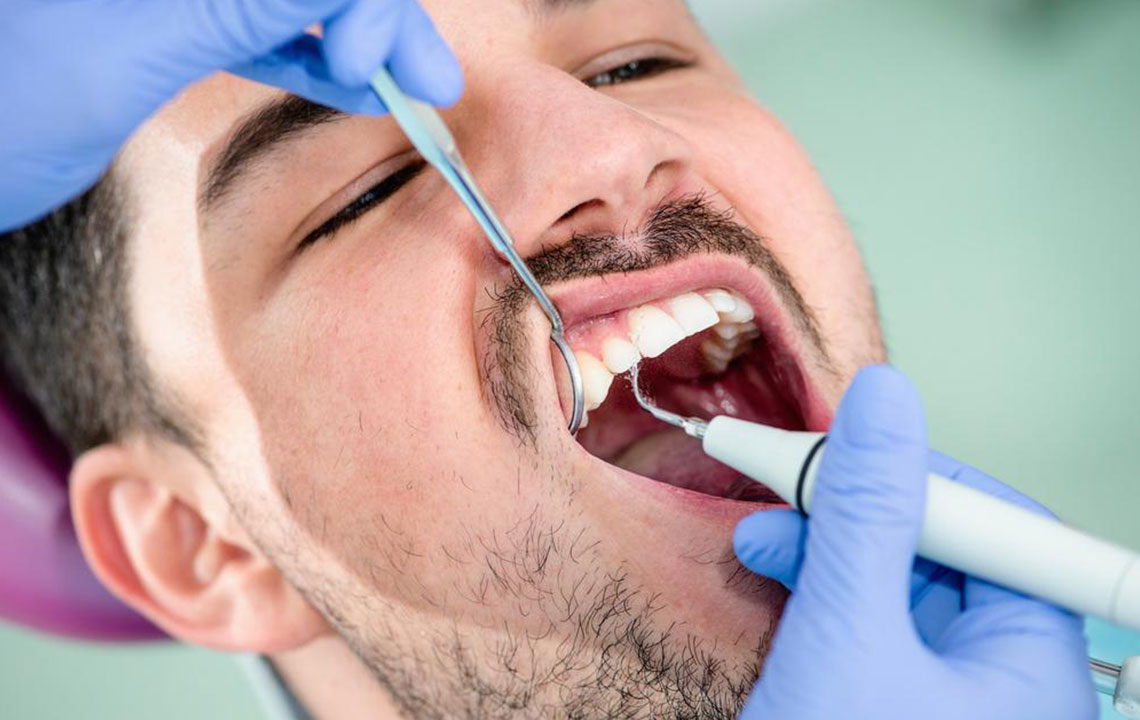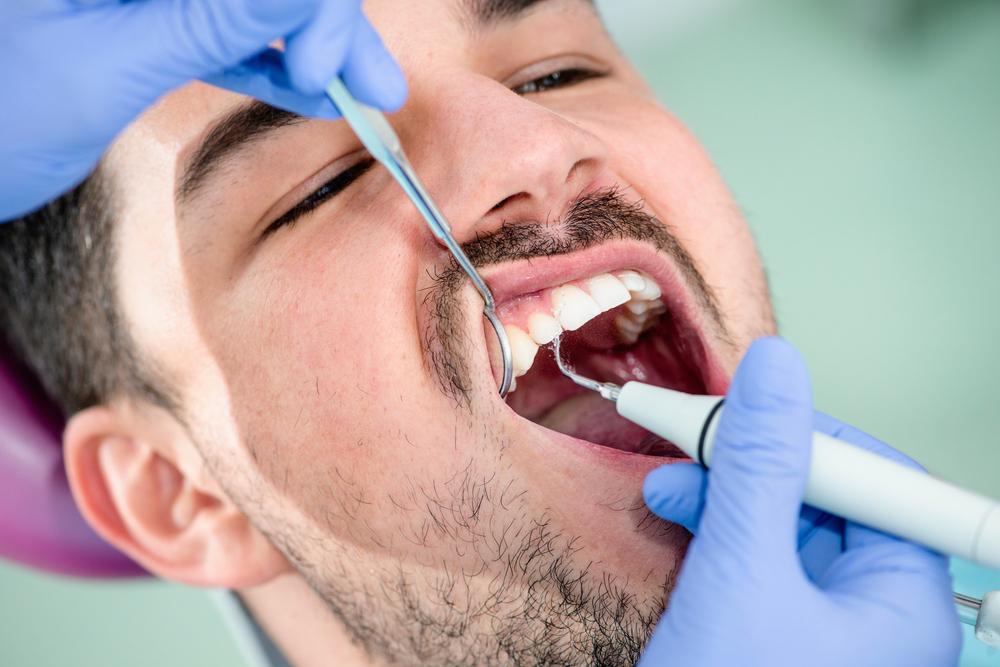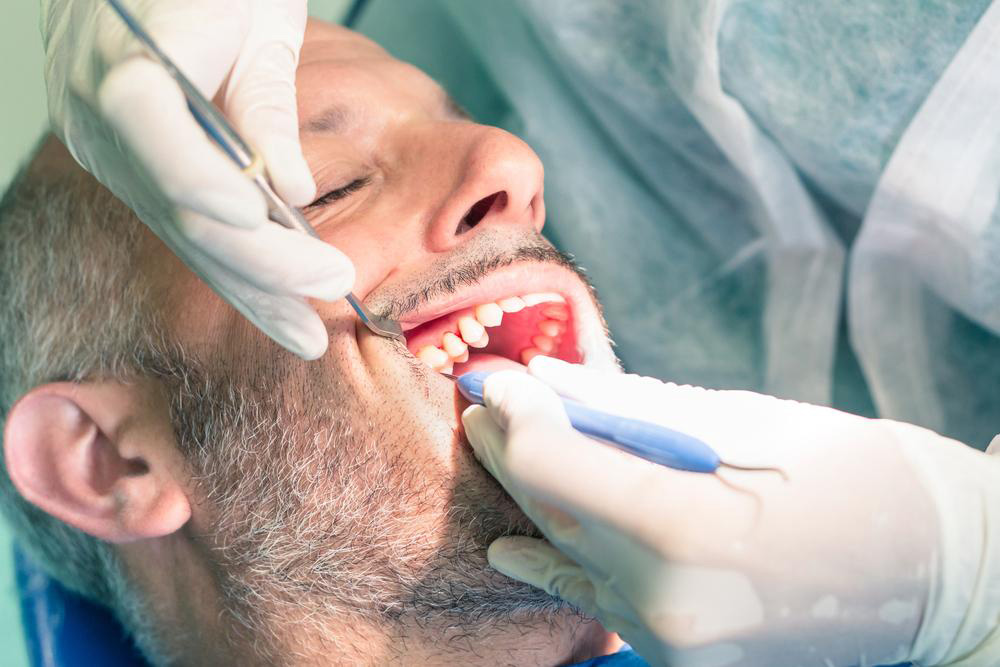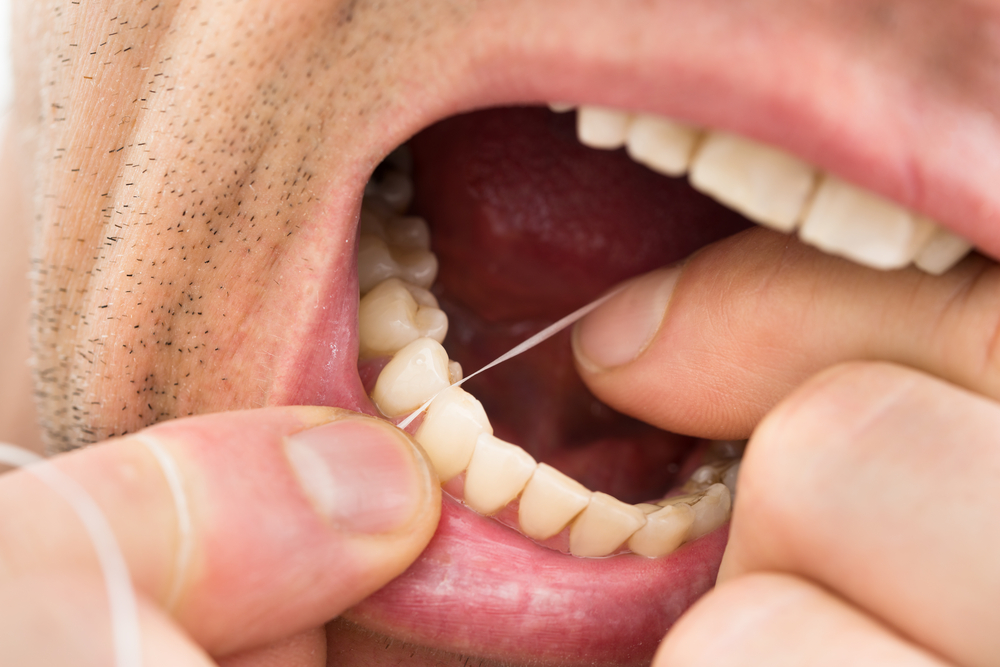Effective Strategies to Combat Dental Plaque
Discover effective methods to prevent and remove dental plaque with proper brushing, flossing, and mouth rinses. Regular dental visits and professional cleanings are essential for maintaining optimal oral health and preventing gum disease and cavities. Learn practical tips and different products that support your daily oral care routine for healthier teeth and gums.

Effective Strategies to Combat Dental Plaque
Dental plaque is often mistaken for tartar, but they are distinct. Plaque is a clear, sticky film of bacteria that constantly forms on tooth surfaces, leading to stains and potential gum issues if not properly managed. Regular removal of plaque is crucial for maintaining oral health.
How Plaque Forms
The bacteria in our mouth interact with sugary and starchy foods, producing acids that weaken tooth enamel. Inadequate brushing accelerates plaque buildup, which, if ignored, can result in persistent dental and gum diseases.
Removing Plaque Effectively
Incorporating plaque removal into daily routines is vital. Brushing twice daily and flossing regularly help prevent plaque accumulation, which can recur within hours if neglected.
Proper Brushing Techniques
Although brushing seems straightforward, paying attention to these tips can enhance results:
Spend at least 30 seconds on each section of your mouth to ensure thorough cleaning.
Use an electric toothbrush with timers, such as Oral-B, which signals every 30 seconds to switch quadrants.
Target each tooth individually, reaching all areas thoroughly.
Don’t forget to brush your tongue to eliminate bacteria responsible for bad breath.
Rinse your toothbrush after use to keep it clean.
An effective toothbrush, especially with criss-cross bristles, can remove up to 90% of plaque.
Replace your toothbrush every three months for optimal cleaning.
Importance of Flossing
Flossing complements brushing by cleaning between teeth and along the gum line, preventing plaque buildup and cavities. Daily flossing is essential for comprehensive oral hygiene.
To floss correctly:
Wrap most of the floss around your middle fingers, leaving a segment to work with.
Hold the floss tightly between your thumbs and index fingers and gently slide it between your teeth.
Curving the floss around each tooth, gently clean along the gumline without applying excessive force.
Use a fresh section of floss as you move from tooth to tooth to avoid transferring bacteria.
Types of Dental Floss
Dental floss varies based on material:
Nylon Floss:
Waxed or unwaxed, flavored options available. Made of multiple nylon strands, it may shred in tight spaces.
PTFE Floss:
Single filament, offering smooth sliding between teeth, durable, and less likely to shed compared to nylon.
Mouth Rinses for Oral Hygiene
Using mouth rinses enhances oral health by reducing bacteria, freshening breath, and removing plaque. They are a key part of daily oral care routines.
There are three main types:
Cosmetic Rinses:
OTC products that freshen breath and reduce debris without medicinal ingredients.
Therapeutic Rinses:
FDA-approved, often containing active ingredients like chlorhexidine that target bacteria causing plaque and gum disease. Use as directed, typically not exceeding six months.
Natural/Herbal Rinses:
Made from herbal extracts, these are free of alcohol and harsh chemicals, providing a gentle alternative for maintaining oral health. Brands like The Natural Dentist and Tom's of Maine are popular choices.
Regular Dental Checkups and Cleaning
Visiting your dentist regularly for professional cleaning is vital. It helps eliminate stubborn plaque and prevents cavities and gum diseases. Daily removal practices combined with professional care support long-term oral health.










